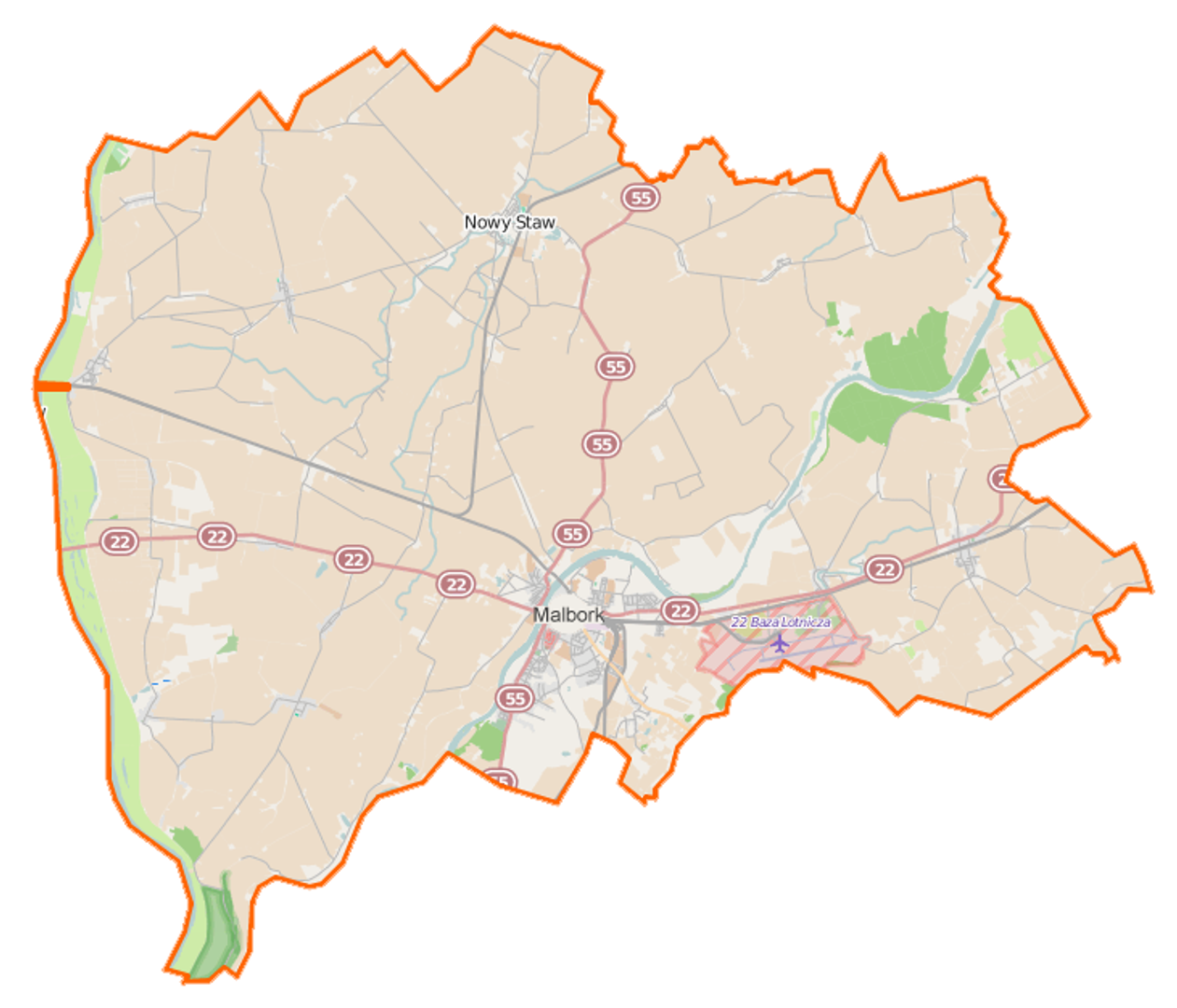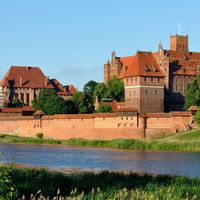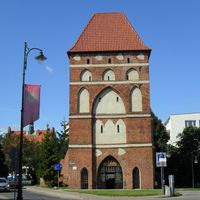Malbork County
6.93

Overview
Malbork County, established in 1999 as part of the administrative reform, is located in the Pomeranian Voivodeship. Its seat is the town of Malbork, best known for the impressive Teutonic Castle, one of the largest castles in Europe and a UNESCO World Heritage Site. Built in the 13th century, the castle is an outstanding example of Gothic military architecture and attracts numerous tourists eager to explore the history of the Teutonic Order. The county also includes smaller towns, such as Nowy Staw, where visitors can discover interesting architectural monuments, including a 19th-century church.
With an area of 494.23 km², Malbork County is the smallest county in the Pomeranian Voivodeship, which often causes it to be overlooked in travel guides, despite its many attractions. In 2020, the county had a population of 63,401, compared to 63,470 in 2019. The region comprises various municipalities, including rural and urban-rural communes, offering access to beautiful green areas and hiking trails. The county also features a well-developed transport infrastructure, including important national roads, which facilitate travel and enhance local connectivity.
Malbork not only attracts tourists with its history but also hosts various cultural events, such as knight tournaments at the castle, adding color to local traditions. Additionally, Malbork County maintains a partnership with the German district of Rotenburg, fostering cultural exchange and economic cooperation. Combining rich history, unique architecture, cultural diversity, and picturesque landscapes, Malbork County is an intriguing destination for every traveler to explore.
Location
Country
2025 Wizytor | All Rights Reserved




